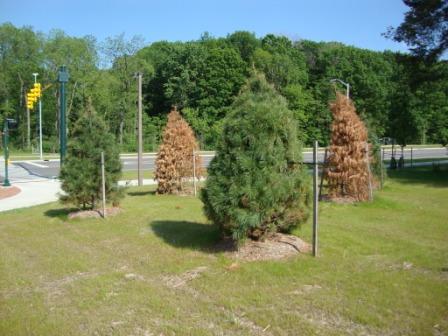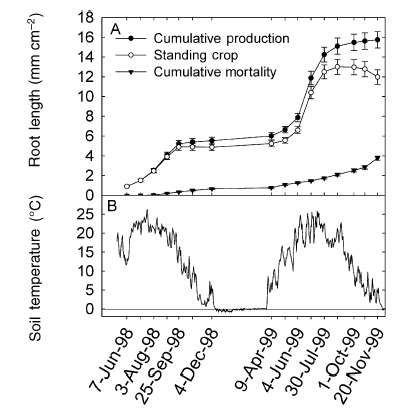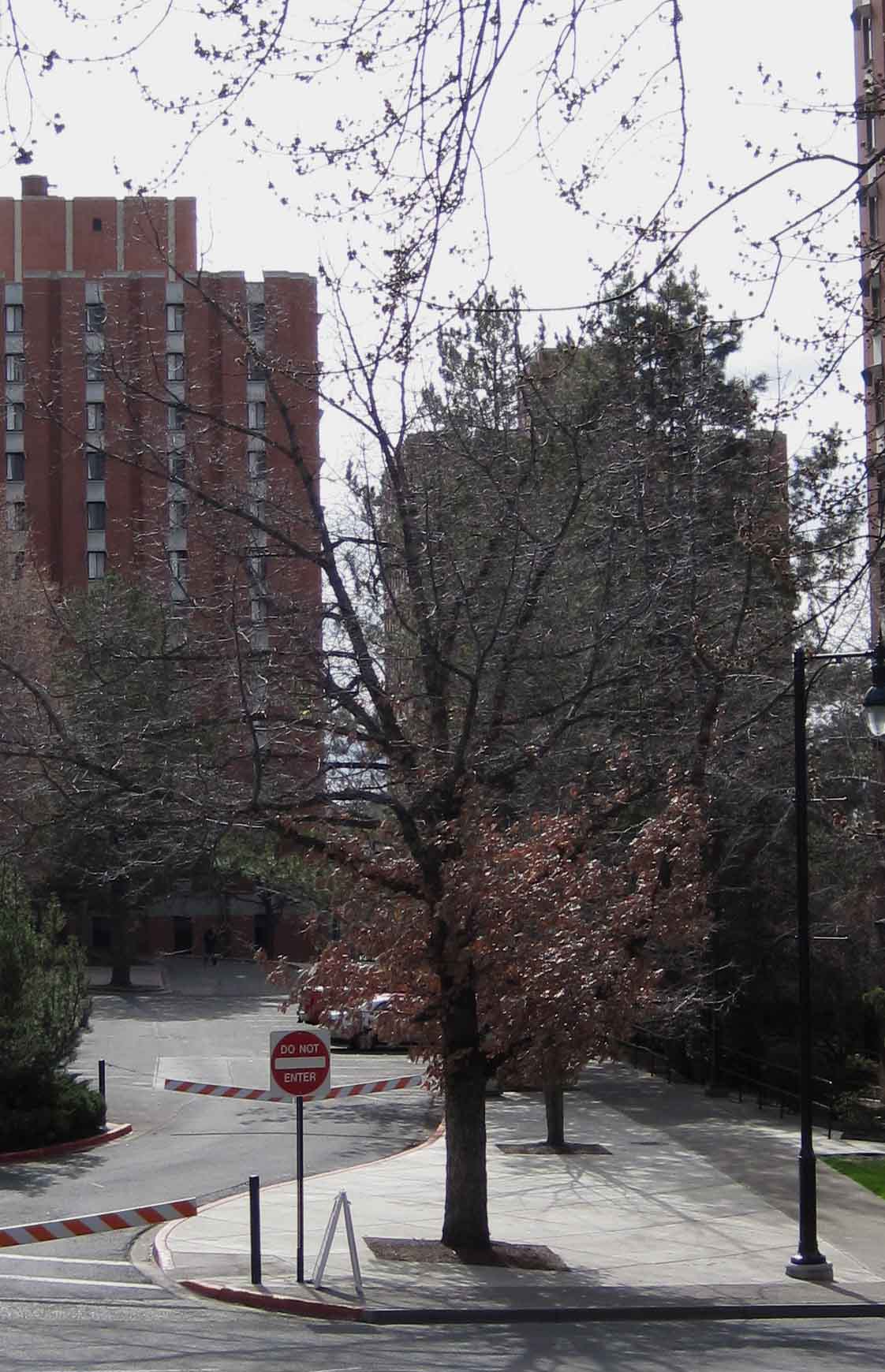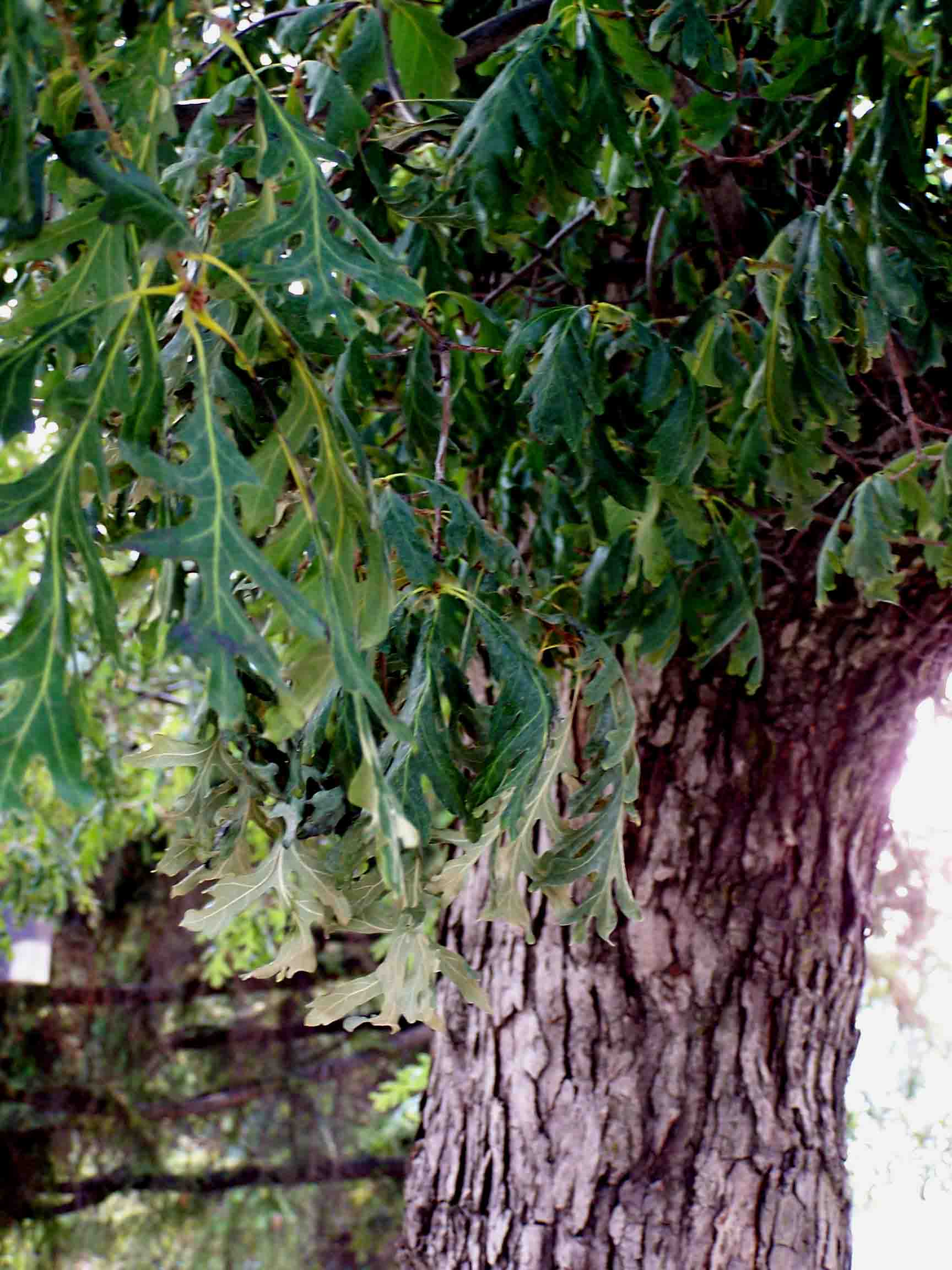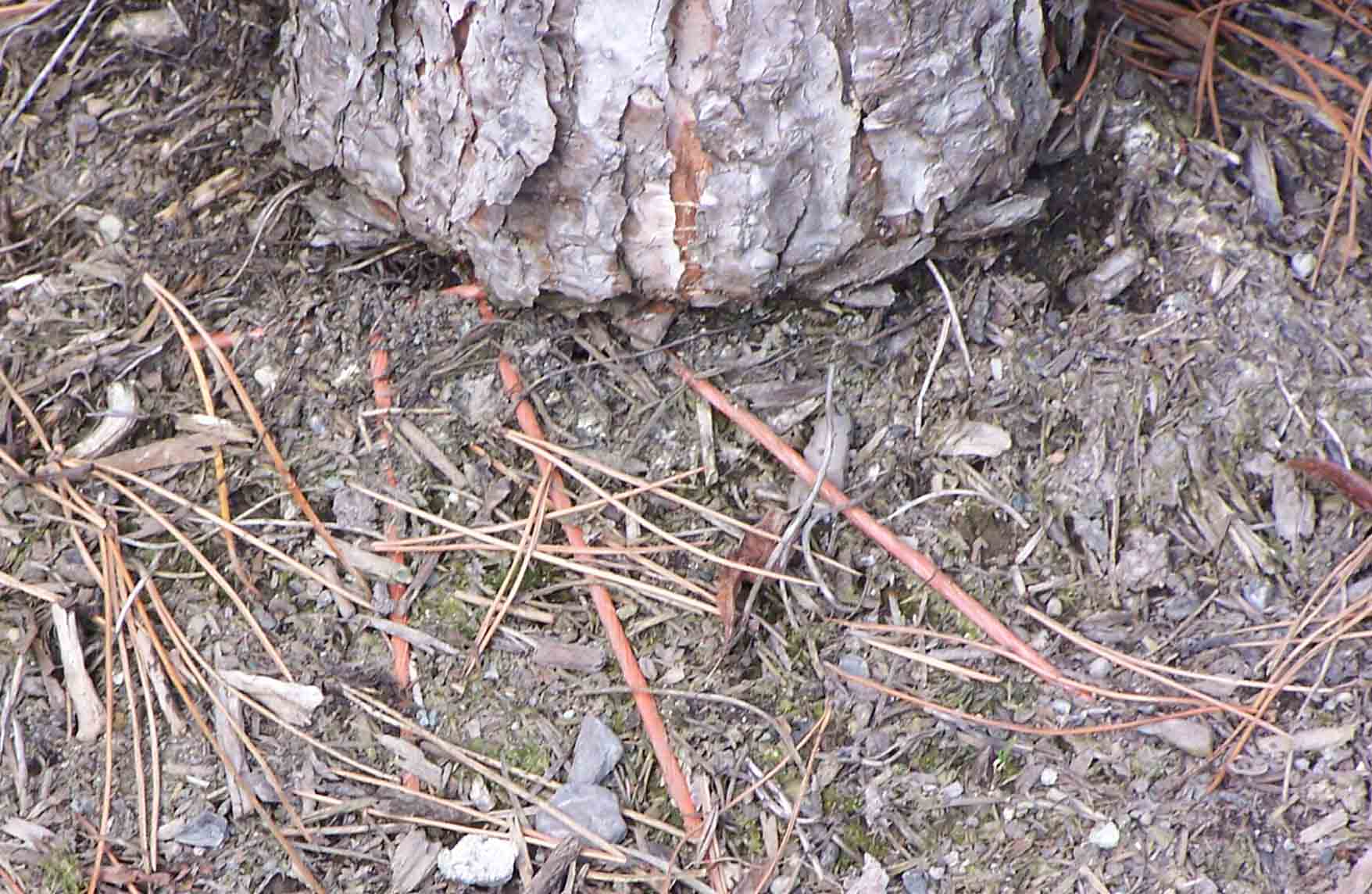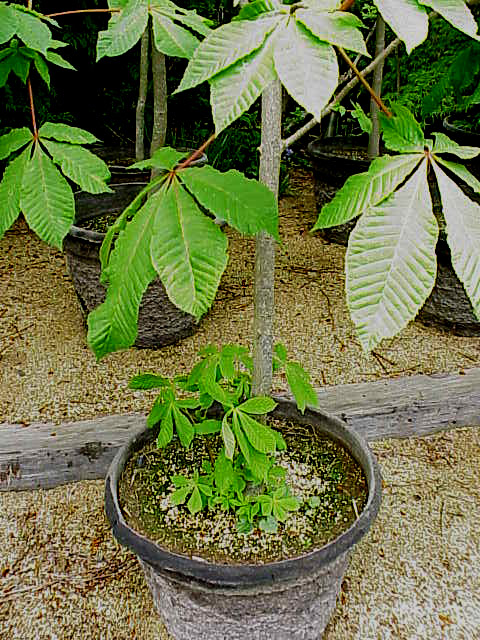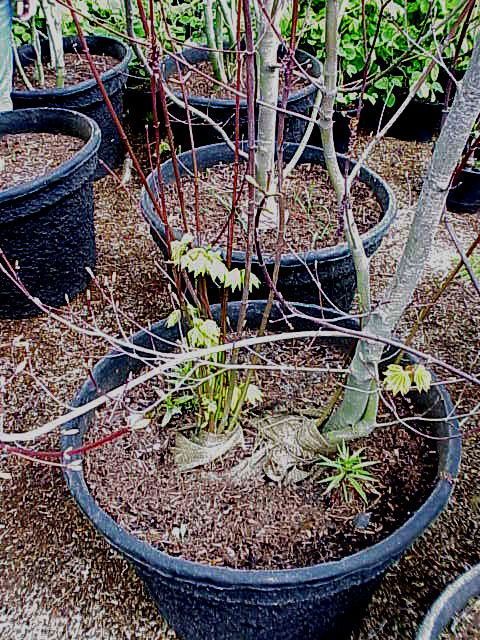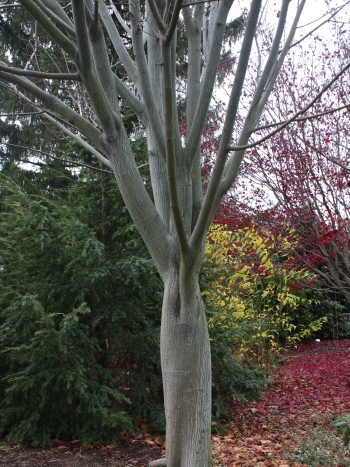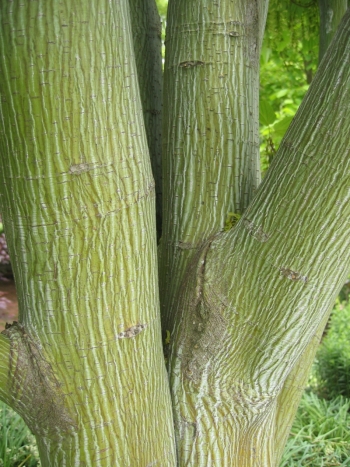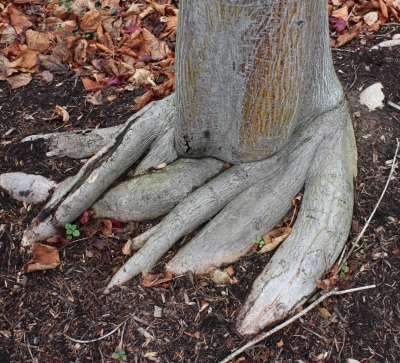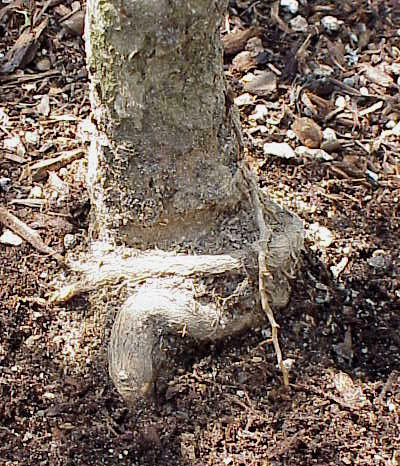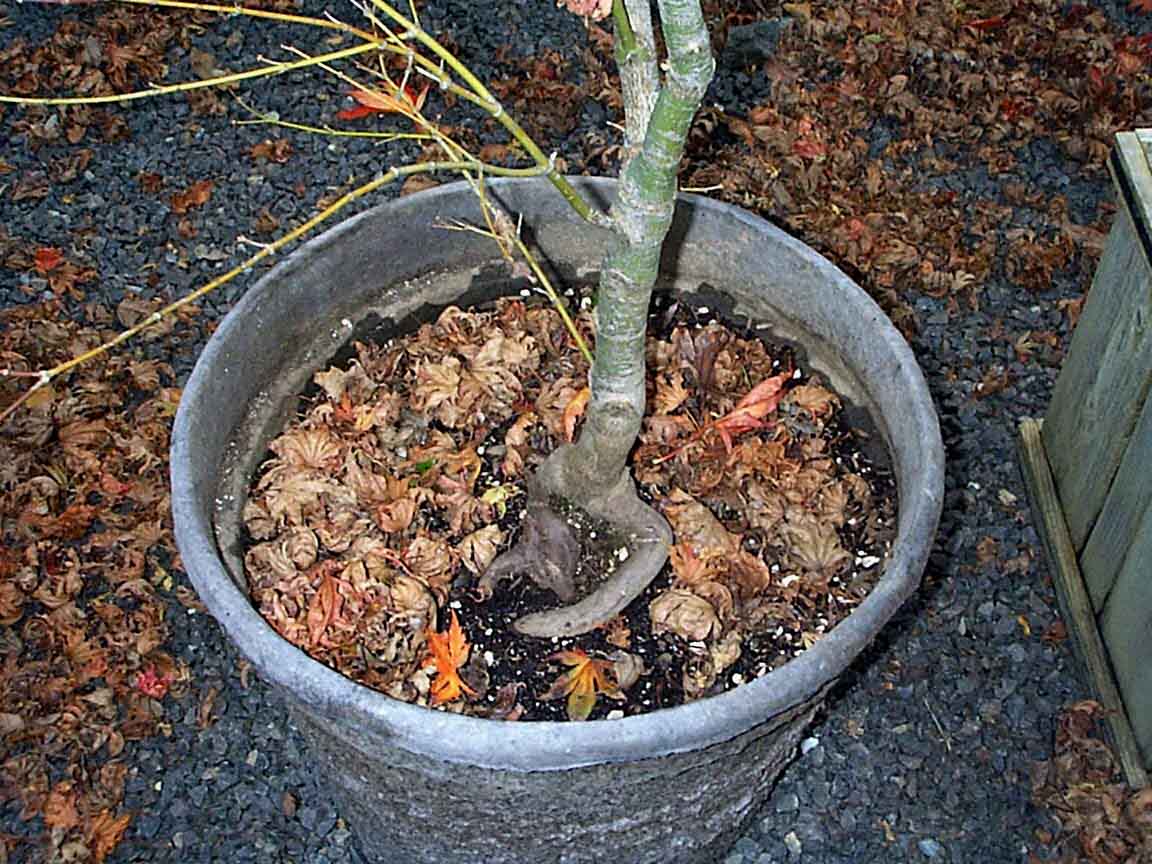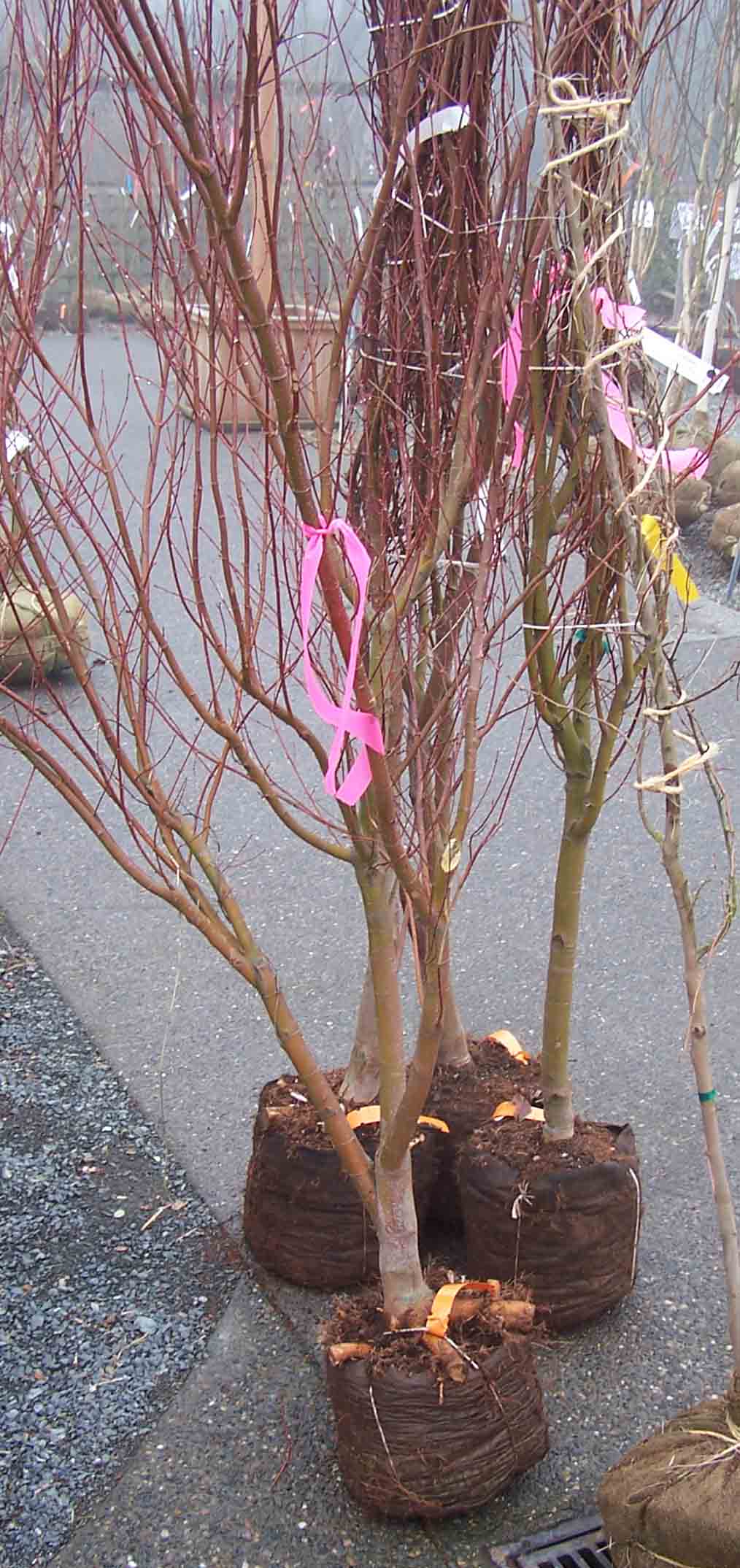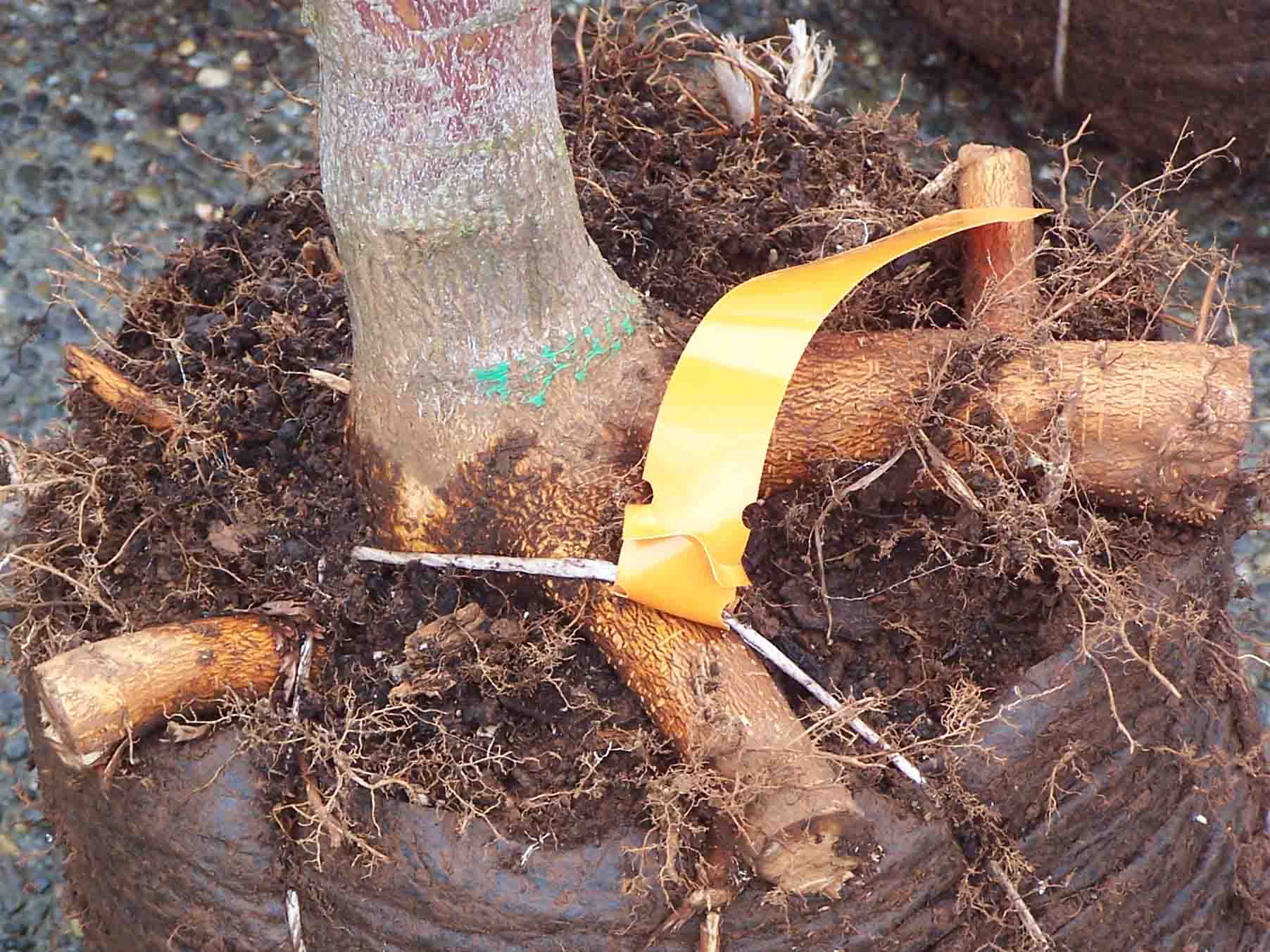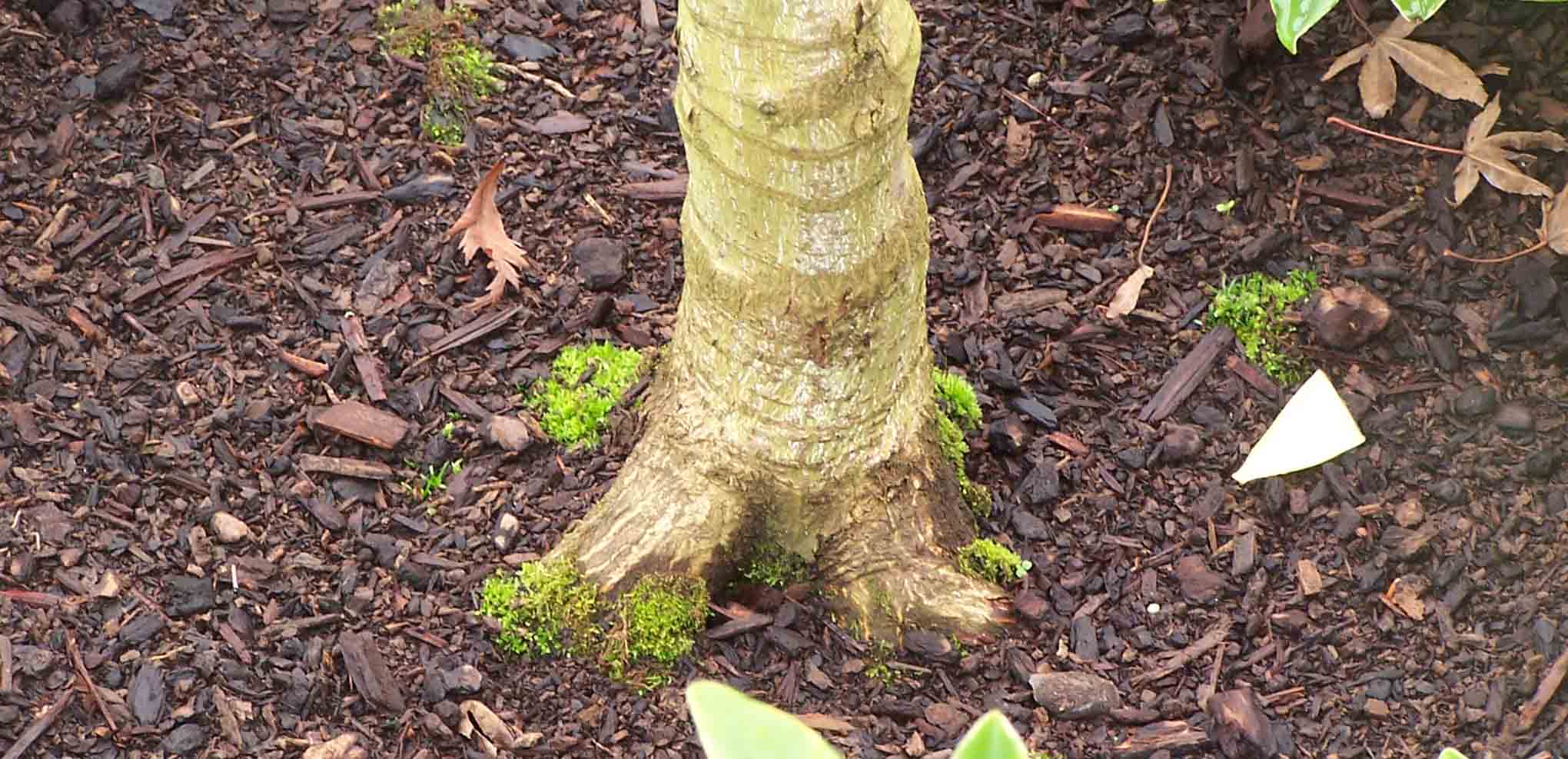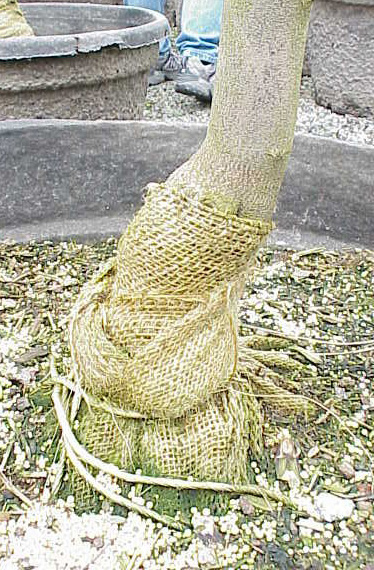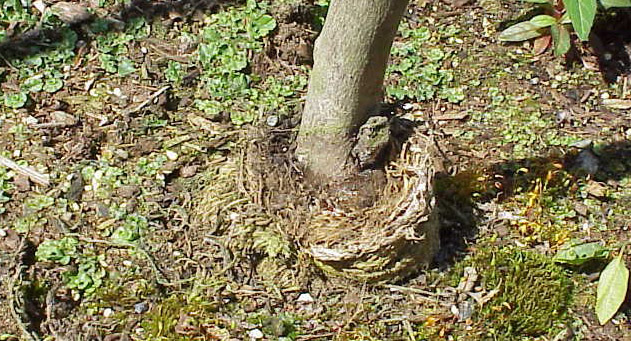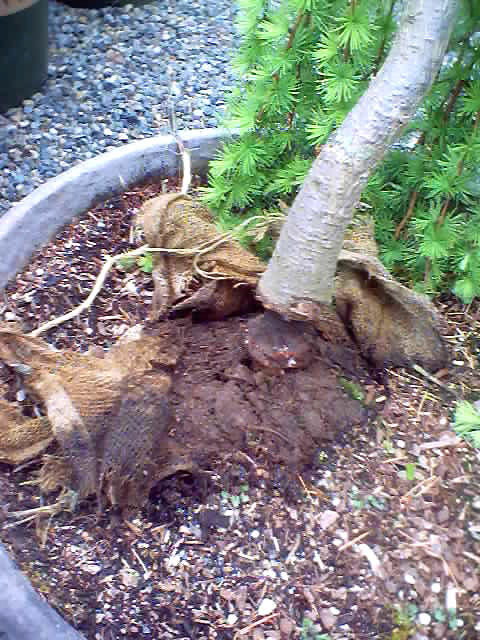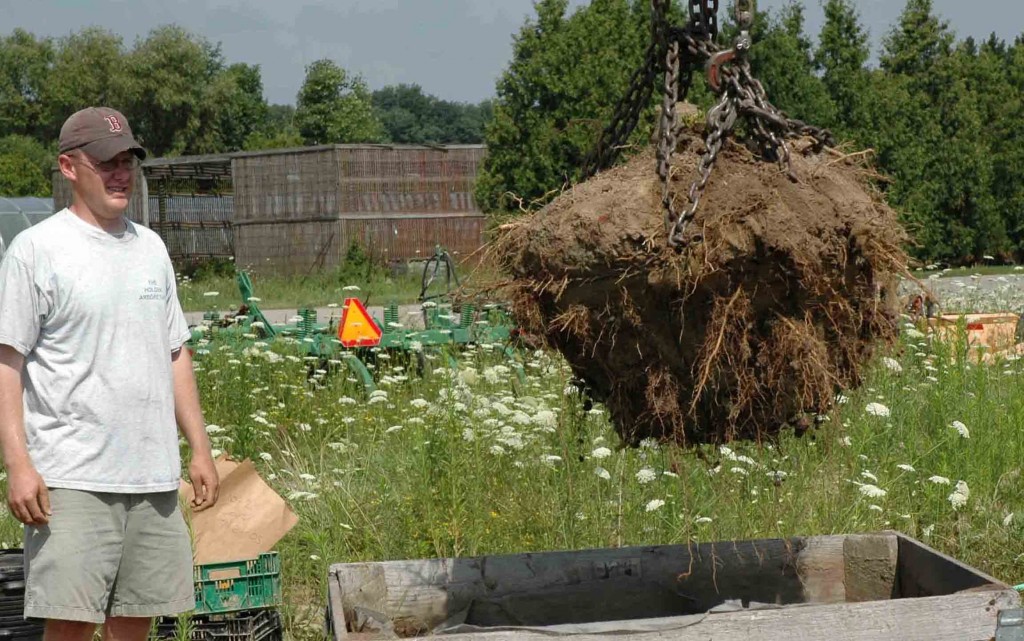Long-time readers of our blog might remember my August 12 column (linked here for your convenience). You saw my giant lavender plant devolve into 5 small plants with tiny spiraled root systems that put Marge Simpson’s beehive to shame. In any case, I promised to keep you up-to-date with their progress.
Transplanting in August is a risky proposition, especially when you prune out root defects. Nevertheless, all but one of the five survived the summer and here they are earlier this spring:
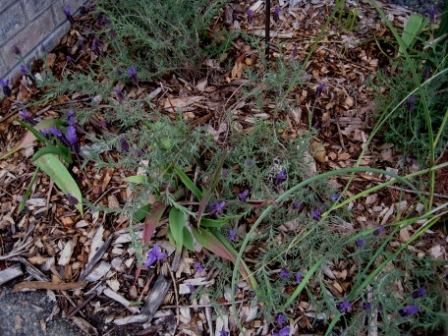
The one that didn’t make it was in the upper left corner of this south-facing landscape, where there is a lot of reflected heat from the nearby bricks and concrete. (You can see the empty spot where it was in this photo.)

If you haven’t tried corrective root pruning before, I’d encourage you to try it with an inexpensive shrub. Your best bet will be older containerized plants in the “sale” section of your nursery.
